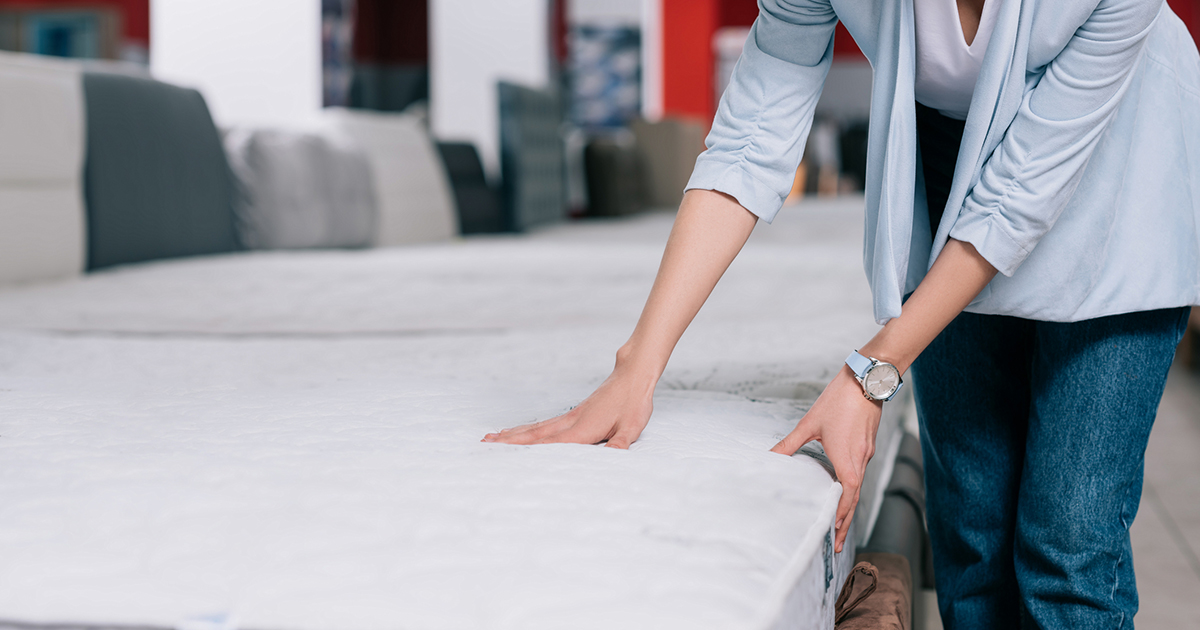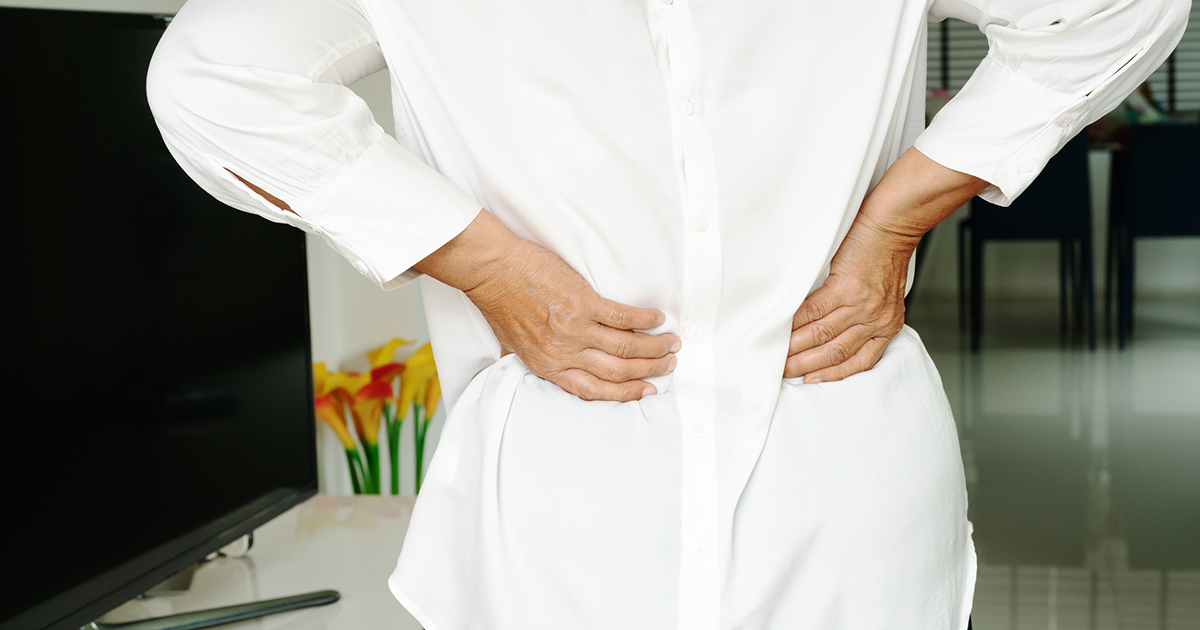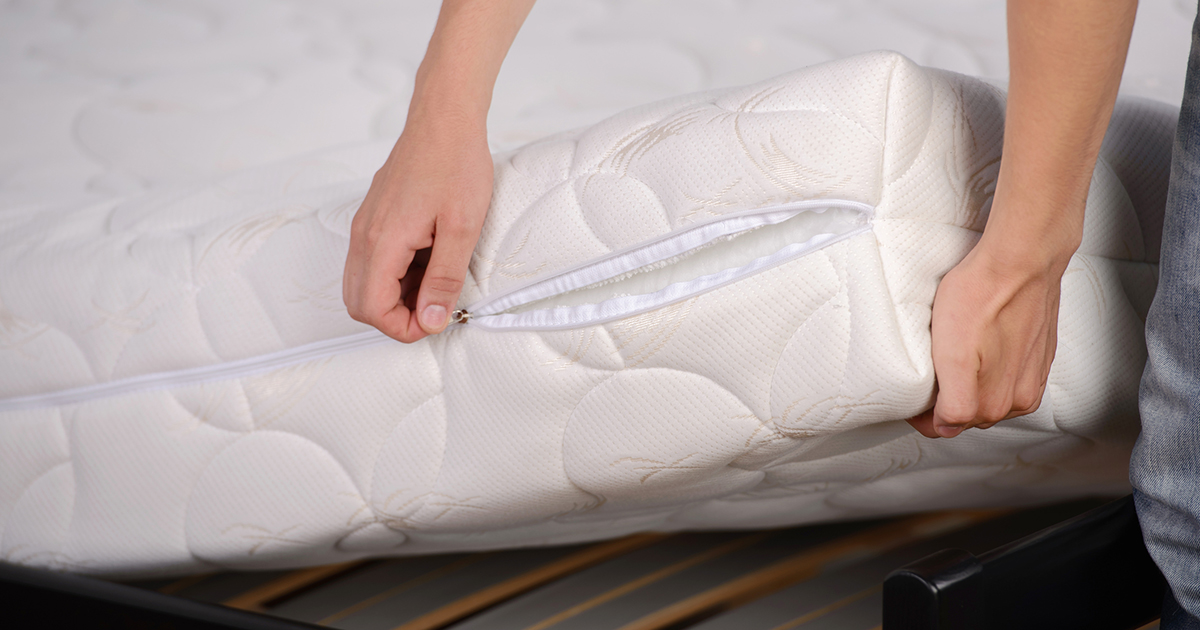How To Choose The Best Mattress For Your Health
On average, adults spend a third of their time sleeping. Most healthy adults generally spend seven to nine hours a night sleeping, while some individuals can get by without feeling drowsy on six hours' rest and others require as much as ten hours to function without drowsiness. Given this large chunk of humanity's existence dedicated to a single purpose, choosing the mattress on which to sleep should be a relatively straightforward matter. Unfortunately, mattresses come with a variety of types and features many individuals find confusing. Research is also continually studying sleep health and habits, which leads inevitably to changing products. These tips will help discover how to choose the best mattress for your health.
Consider Your Sleeping Position

Studies have established eight sleeping positions, but these are generally lumped into three main categories: stomach, back, and side. Different mattresses are designed for different sleeping positions. Side sleeping is most common and vitally requires proper pressure relief. Without this consideration, hips and shoulders take the extra strain while a side sleeper sleeps, causing discomfort during waking hours. A side sleeper, therefore, requires a mattress with a thicker and softer comfort layer, about three inches on average. Back sleepers, on the contrary, do better with a thinner top layer of about two inches. Stomach sleepers require the thinnest layer of all, with one inch to give cushioning to any bony areas without creating unnatural curves in the back. Consider your sleeping position to find the ideal mattress.
Continue reading to learn about the next factor in choosing your mattress: debating how firm or soft it needs to be.
Determine How Firm Or Soft You Want It

The best mattress firmness is a little challenging to declare universally, as it is somewhat subjective. Whether a mattress is firm, soft, or somewhere in between depends on an individual's definition of firm, medium, and soft. Factors such as body weight, type, size, and sleeping position play into this feeling of firmness. These are why you must determine how firm or soft you want it. Customers often mistakenly conflate support and firmness as the same, but this isn't the case. Good support means the mattress keeps the sleeper's spine is properly aligned and avoids creating pressure points. Firmness is more of an indicator of how the mattress feels and a firm mattress may not always give the appropriate support for the sleeper. Some manufacturers have developed what they call universal comfort, which includes a variety of layers and foams to adjust to each sleeper's needs, and is typically a happy medium of firmness for most sleepers.
Continue for details on how weight can impact the type of mattress needed for health.
Consider Your Body Weight

For mattress-choosing considerations, an average sleeper weighs between 130 to 230 pounds, and you must consider your body weight to select the ideal mattress. The higher the sleeper's weight is within this range, the firmer the best mattress should be. This holds true with weights above beyond the average range. It boils down to this: the higher the individual's weight, the more firm the mattress should be.
Body shape also comes into play for the distribution of weight. Side sleepers with a broad waist and narrower hips and shoulders, for instance, typically like a medium-firm mattress. Back sleepers with a more hourglass figure of broad shoulders and ships with narrow waist are drawn to medium-firm to firm mattresses. Smaller individuals, those under 130 pounds, gravitate toward softer mattresses, again depending on individual weight distribution and sleeping position.
Continue to understand why knowing where your aches and pains are is crucial for selecting the best mattress.
Know Where You Have Aches And Pains

Lower back discomfort or pain is the single leading factor of disability worldwide, and when it comes to missing work, lower back pain is one of the most common reasons. According to the American Chiropractic Association, up to eighty percent of individuals will experience it at some time in their lives. Pain is also an essential element keeping many individuals from receiving the quality sleep they require. All this adds up to the importance of knowing where personal problem areas lie and finding a mattress to accommodate these areas. Choosing a mattress that provides proper support for the spine and softer areas for pressure points will lead to reduced pain and a better night's sleep. It is best to go shopping for a mattress forearmed with the knowledge of individual needs and know where you have aches and pains.
Continue for details on considering the features of mattresses when making your choice.
Look At The Features It Comes With

Different types of firmness and support aside, another important factor in mattress shopping is to consider its included features. One often overlooked, but extremely useful, feature is the inclusion of handles. While pillowtop mattresses are not flipped as older mattresses needed to be, handles help in the recommended rotation of mattresses every two to three months. Handles also are handy in initial purchase and later moves. A removable cover is also useful for preventing stains from reaching the mattress itself and requiring careful cleaning with the perfect balance of just enough water and cleaning solution without soaking the mattress. Many consumers, when they look at the features it comes with, are also looking for organic mattresses, a more common feature as people avoid the chemicals that can go into mattress manufacturing.